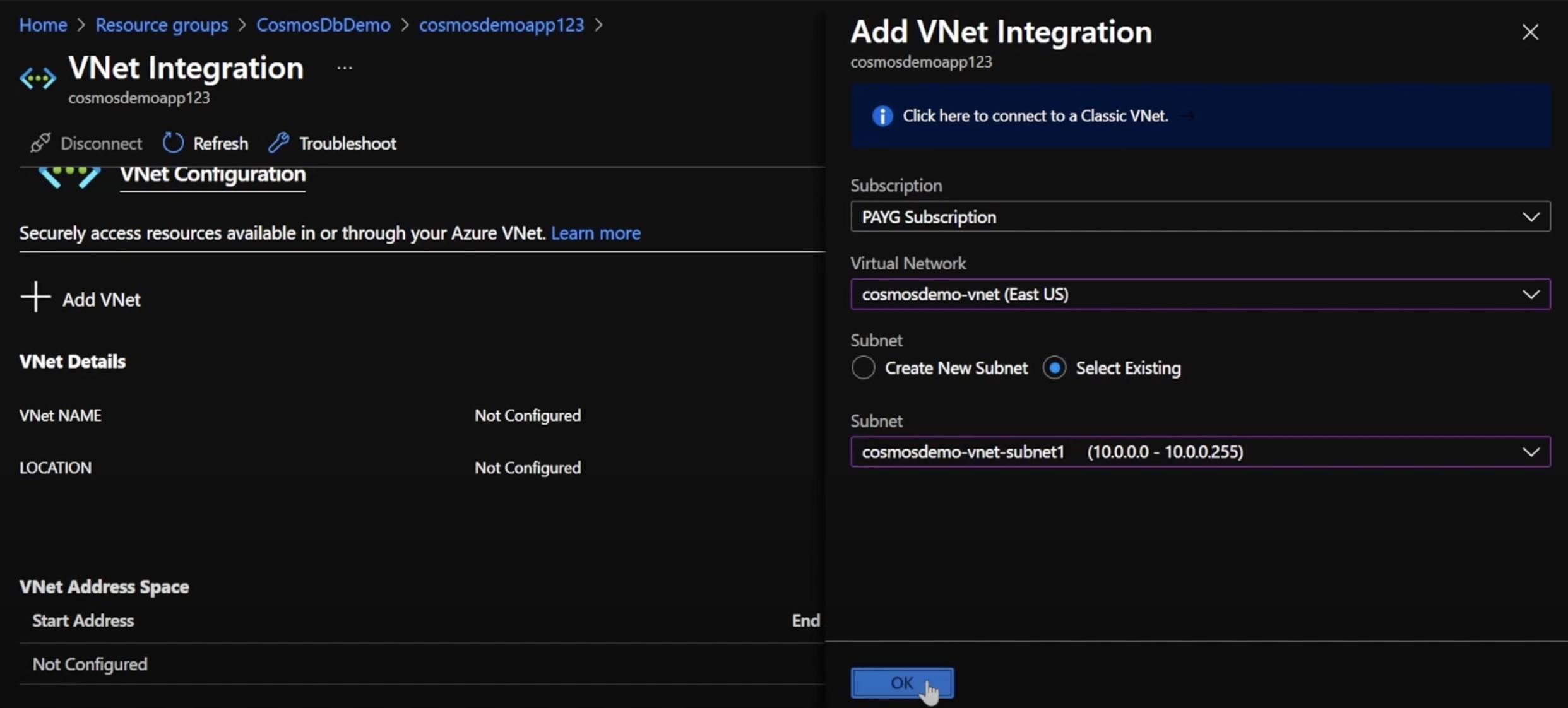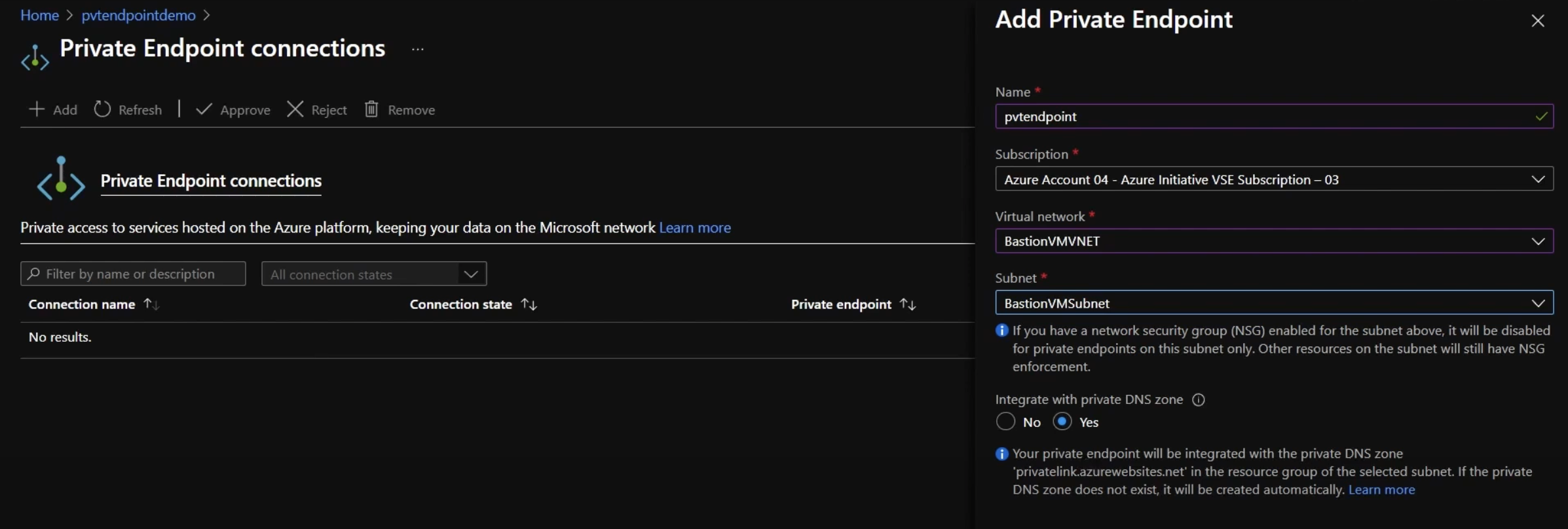I have two NodeJS App Services.
They can connect to each other with no problem using the URL which is created for App Services by default. (That is through the public internet.)
Then I successfully enabled VNet Integration for both App Services, and assigned the same VNet and also subnet two both of them.
How should I modify the connection URL now to connect to appservice2 from appservice1 (without using the URLs which are publicly available on the internet)?
I could not find any host name or IP address information in Azure Portal using which I could have successfully established the connection.
Thanks for any suggestions!



